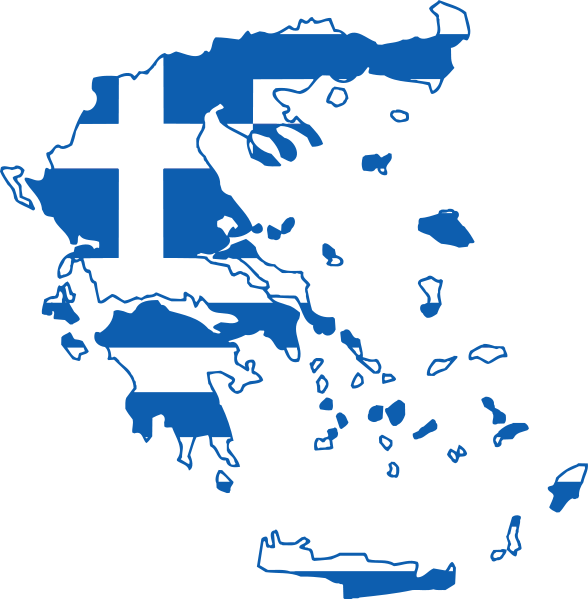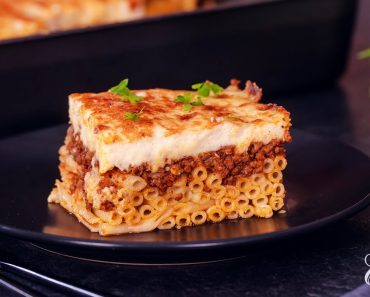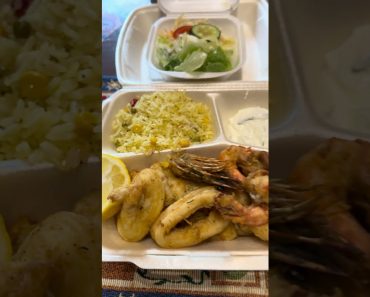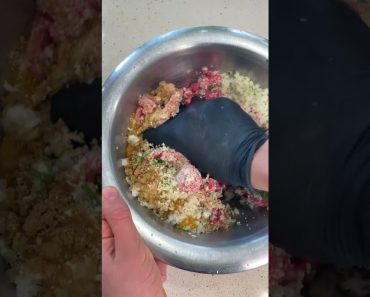The Mediterranean diet has been making waves on social media, with advocates claiming it can aid weight loss and combat diabetes.
Drawing inspiration from the mid-20th century cuisines of Mediterranean countries, the diet encourages a reduction in refined sugar intake and promotes a more plant-based lifestyle. This includes an abundance of vegetables, fruits, beans, nuts, whole grains, and healthy fats like olive oil.
Fish is a staple in this diet plan, while poultry, dairy, and eggs are limited to a few times a week. Red meat is allowed occasionally, as the plan aims not to be overly restrictive.
READ MORE: Scottish rugby brothers stunned as grandmother travels across world to surprise them on big weekend
READ MORE: Baby girl listed as boy on birth certificate and parents say it can never be changed
Having covered stories on the benefits offered by the Mediterranean diet, my curiosity got the better of me, prompting me to explore its effects first hand. As a 32-year-old journalist I try to stay healthy, I run multiple times a week with my running club, and play weekly football.
I armed myself with a meal plan – realistically knowing full adherence might be challenging – and embarked on a week-long Mediterranean journey. The initial adjustment was steering clear of “sugary drinks”, which weren’t part of my usual consumption anyway.

With my plan formulated, it was off to the shops, armed with a list and a sense of intrigue. I soon however hit a stumbling block. I’d picked my meals with enthusiasm, jotted down the ingredients, and then not actually considered how readily available they’d be in my small Cheshire town.
How hard can edamame beans be to find? An ingredient on my first meal of the week – Salmon and Mediterranean veg. As it turned out, they were a step too far, and having visited three different supermarkets, I abandoned hope, and just substituted them for something else on my list.
My meal plan suggested batch preparing breakfasts and lunches, which I think definitely helped, particularly working from home, where the temptation is to sit at your desk for long periods at a time. My breakfast for the week – yes week, for pure convenience – was cinnamon roll overnight oats.
Enjoyably straight forward, made by chucking your oats portion, fat-free Greek yoghurt, cinnamon, vanilla essence, and oat milk into a container then mix together before popping in the fridge overnight.

Another early sign I spotted were snacks. I’m not often a snacking person but there were nuts, clementine, pears, and a variety of fruit and nuts on the menu.
It was enjoyable, and a nice bridge between breakfast and lunch, but not something I was entirely used to. Nonetheless, I admit that keeping yourself fuller throughout the day does help stave off any cravings, including diet soft drinks – which have themselves been in the spotlight lately.
I did manage to batch-prepare some lunches. I opted for a “super food salad” consisting mostly of grains – quinoa – kale, lettuce, beans, and sliced chicken for the protein boost at lunch.
Having something I could just grab out of the fridge at lunch time was simple and fantastic. Even as someone who spends a large portion of their life working from home, you still don’t want to stand at the fridge scratching your head come lunch time.

It meant my evening meals could consist of a fish-based dish often with plenty of vegetables with the occasional pasta accompaniment – wholemeal of course.
While the diet took some getting used to throughout the week, and I will confess there were some disasters with a piece of fish that almost caught on fire, several missing ingredients, and one tomato mishap, I think it went well. And although I had no real expectations, at the back of mind, I thought I’d like to see at least a few pounds off on the scales.

To my surprise however, I found myself 3.4kg (7.5lb) down at the end of the week compared to the start. While you always expect a bigger loss after tightening up your diet initially, I didn’t quite expect that level – especially not considering I thought my diet was relatively healthy for the most part.
Having finished the week, I definitely think there’s some take homes to be learnt. Pre-preparing meals at breakfast really helped ease into the day, adding a healthy, natural snack and water reduced the desire for “ultra-processed” soft drinks, and making lunch took away the desire to “nip to the shop” for a pre-packaged sandwich when there was “nothing in”.
The one food that surprised me the most
When I saw houmous was among the items to feature quite heavily on the meal plan, I have to admit I was slightly hesitant. I’d tried it once, back in my student days, and wasn’t the most impressed, but here I was, staring at a meal plan that included it daily in my lunch, and with a baptism of fire with a houmous-based sandwich as the very first meal of the week.
I must say though, it did win me over. It offered a solid option for bulking out that daily salad, worked well with the mashed avocado. I can definitely see myself including more of it into my diet going forward.
Typical daily meal plan on the Mediterranean diet
Breakfast – Cinnamon roll overnight oats with walnuts and blackberries – 453 cal
Morning snack – pear and an easy peeler – 104 calories
Lunch – chicken super food salad – 546 calories
Dinner – Roasted salmon and vegetables – 422 calories
Total calories – 1,525
What to buy on a Mediterranean diet
There were definitely some staple ingredients whatever diet plan, website, or book I read about the Mediterranean diet. These included:
-
Olive oil
-
Fish
-
Beans and pulses
-
Nuts – walnuts were a hit!
-
Grains – I stuck to mostly quinoa but a good number of recipes out there used cous cous too!
-
Herbs and spices – for that flavour kick
-
Healthy fats – avocado, olives etc
What the NHS says about the Mediterranean diet
The NHS recommends following a balanced diet if you are looking to lose weight. This includes having five portions of fruit and vegetables per day.
According to the Department of Nutrition and Dietetics, there are many benefits that come with following a Mediterranean diet. These are:
-
Weight loss – plants are naturally lower in calories and high in fibre, which helps you feel fuller for longer
-
Reduced risk of having a heart attack or stroke – replacingsaturated fat, found mostly in meat and dairy, with healthier fats in nuts and olive oil, lowers your cholesterol levels. This is good for your heart and blood vessels
-
Diabetes – eating a diet rich in plants can help prevent type 2diabetes. For people with diabetes (type 1, type 2 and gestational), it can help lower blood glucose levels and may allow them to reduce their medication
-
Reduced blood pressure
-
Lower risk of developing certain cancers – bowel, breast, prostate, stomach, bladder, head and neck, lung and pancreatic cancer
-
Lower risk of developing dementia
-
Better balance of good gut bacteria, which can lead to better digestion
-
Improved mood and mental health
-
Environmentally friendly – Mediterranean diets have a lower impact on the environment due to lower greenhouse emissions, and less land and water use







